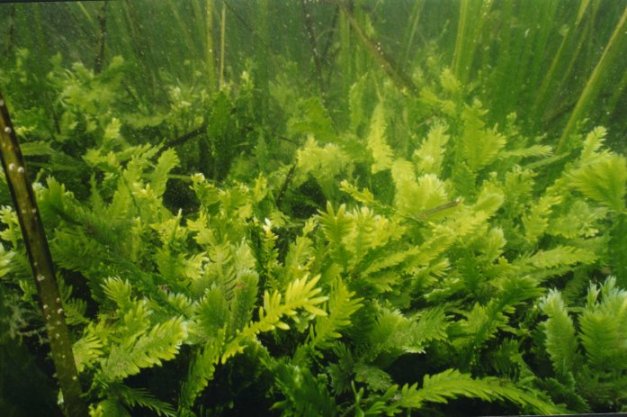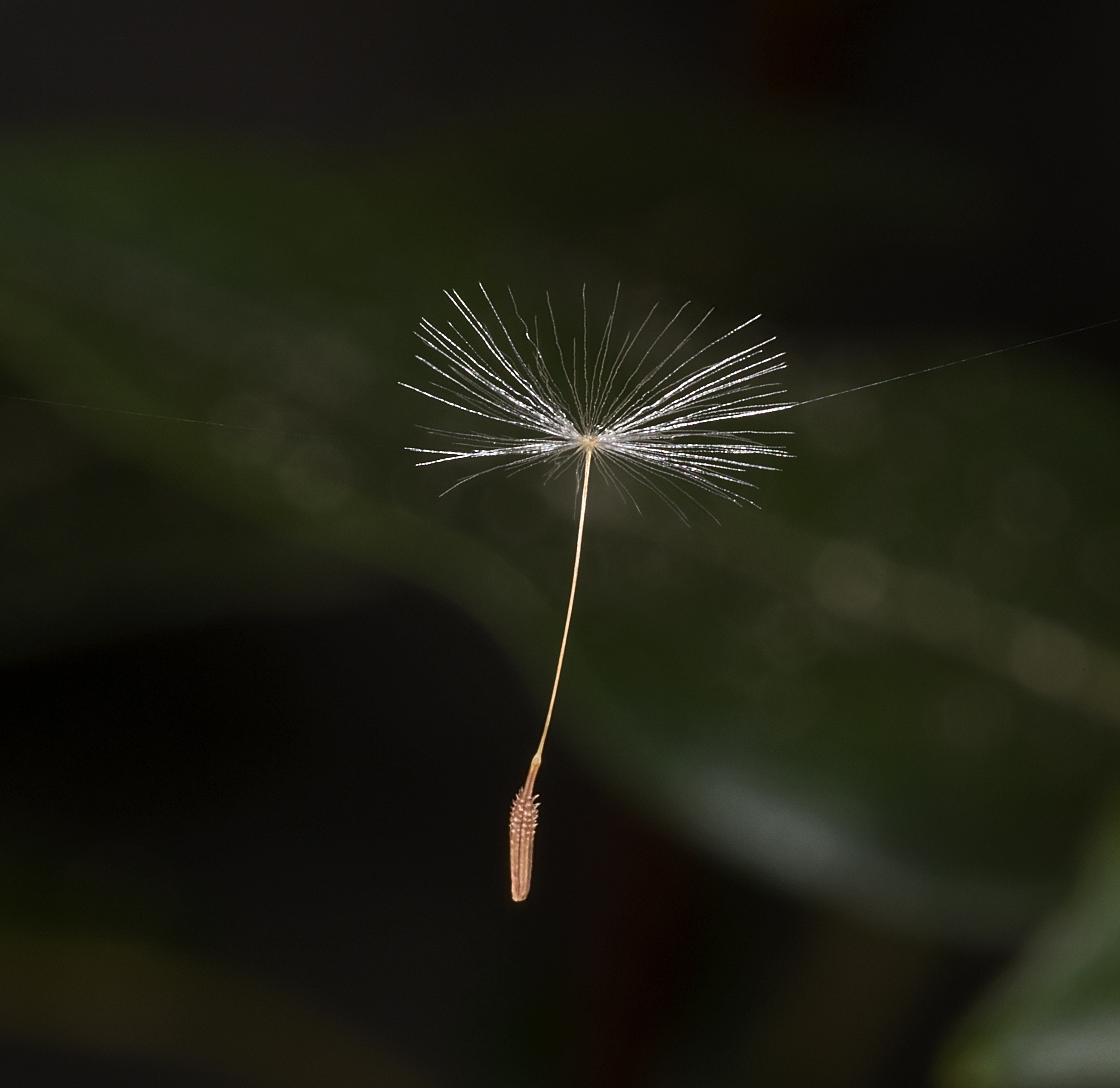|
Stuckenia Pectinata
''Stuckenia pectinata'' ( syn. ''Potamogeton pectinatus''), commonly called sago pondweed or fennel pondweed, and sometimes called ribbon weed, is a cosmopolitan water plant species that grows in fresh and brackish water on all continents except Antarctica. Description ''Stuckenia pectinata'' is a fully submerged aquatic plant and does not have any floating or emerged leaves. The flowers are wind pollinated and the seeds float. Tubers that are rich in starch are formed on the rhizomes. Reproduction can either be vegetative with tubers and plant fragments or sexual with seeds. Wildlife The whole plant provides food for different species of waterbirds. Description Image:PotamogetonPectinatus2.jpg, Leaves with the typical zigzag-formed stem Image:Tubers.jpg, Tubers ''Stuckenia pectinata'' has long narrow linear leaves which are less than 2 mm wide; each is composed of two slender, parallel tubes. The main difference from other narrow-leaved pondweeds is that the stipule j ... [...More Info...] [...Related Items...] OR: [Wikipedia] [Google] [Baidu] |
Synonym (taxonomy)
In taxonomy, the scientific classification of living organisms, a synonym is an alternative scientific name for the accepted scientific name of a taxon. The Botanical nomenclature, botanical and Zoological nomenclature, zoological codes of nomenclature treat the concept of synonymy differently. * In nomenclature, botanical nomenclature, a synonym is a Binomial nomenclature, scientific name that applies to a taxon that now goes by a different scientific name. For example, Carl Linnaeus, Linnaeus was the first to give a scientific name (under the currently used system of scientific nomenclature) to the Norway spruce, which he called ''Pinus abies''. This name is no longer in use, so it is now a synonym of the current scientific name, ''Picea abies''. * In zoology, moving a species from one genus to another results in a different Binomial nomenclature, binomen, but the name is considered an alternative combination rather than a synonym. The concept of synonymy in zoology is reserved f ... [...More Info...] [...Related Items...] OR: [Wikipedia] [Google] [Baidu] |
Noxious Weed
A noxious weed, harmful weed or injurious weed is a weed that has been designated by an agricultural or other governing authority as a plant that is harmful to agricultural or horticultural crops, natural habitats or ecosystems, or humans or livestock. Most noxious weeds have been introduced species, introduced into an ecosystem by ignorance, mismanagement, or accident. Some noxious weeds are native, though many localities define them as necessarily being non-native. Typically they are plants that grow aggressively, multiply quickly without natural controls (native herbivores, soil chemistry, etc.), and display adverse effects through contact or ingestion. Noxious weeds are a large problem in many parts of the world, greatly affecting areas of agriculture, forestry, forest management, nature reserves, regional park, parks and other open space. Many noxious weeds have come to new regions and countries through contaminated shipments of feed and crop seeds or were intentionally introd ... [...More Info...] [...Related Items...] OR: [Wikipedia] [Google] [Baidu] |
Flora Of Southern America
Flora (: floras or florae) is all the plant life present in a particular region or time, generally the naturally occurring ( indigenous) native plants. The corresponding term for animals is '' fauna'', and for fungi, it is '' funga''. Sometimes bacteria and fungi are also referred to as flora as in the terms '' gut flora'' or '' skin flora'' for purposes of specificity. Etymology The word "flora" comes from the Latin name of Flora, the goddess of plants, flowers, and fertility in Roman mythology. The technical term "flora" is then derived from a metonymy of this goddess at the end of the sixteenth century. It was first used in poetry to denote the natural vegetation of an area, but soon also assumed the meaning of a work cataloguing such vegetation. Moreover, "Flora" was used to refer to the flowers of an artificial garden in the seventeenth century. The distinction between vegetation (the general appearance of a community) and flora (the taxonomic composition of a communi ... [...More Info...] [...Related Items...] OR: [Wikipedia] [Google] [Baidu] |
Flora Of Central America
Flora (: floras or florae) is all the plant life present in a particular region or time, generally the naturally occurring ( indigenous) native plants. The corresponding term for animals is ''fauna'', and for fungi, it is '' funga''. Sometimes bacteria and fungi are also referred to as flora as in the terms ''gut flora'' or ''skin flora'' for purposes of specificity. Etymology The word "flora" comes from the Latin name of Flora, the goddess of plants, flowers, and fertility in Roman mythology. The technical term "flora" is then derived from a metonymy of this goddess at the end of the sixteenth century. It was first used in poetry to denote the natural vegetation of an area, but soon also assumed the meaning of a work cataloguing such vegetation. Moreover, "Flora" was used to refer to the flowers of an artificial garden in the seventeenth century. The distinction between vegetation (the general appearance of a community) and flora (the taxonomic composition of a community) wa ... [...More Info...] [...Related Items...] OR: [Wikipedia] [Google] [Baidu] |
Potamogetonaceae
The Potamogetonaceae, commonly referred to as the pondweed family, is an aquatic family of monocotyledonous flowering plants. The roughly 110 known species are divided over five genera. The largest genus in the family by far is '' Potamogeton'', which contains about 100 species. The family has a subcosmopolitan distribution, and is considered to be one of the most important angiosperm groups in the aquatic environment because of its use as food and habitat for aquatic animals.Haynes, R. R. 1975. A revision of North American ''Potamogeton'' subsection Pusilli (Potamogetonaceae). Rhodora 76: 564--64 Taxonomy The Potamogetonaceae are currently placed in the early diverging monocot order Alismatales by the Angiosperm Phylogeny Group. Their concept of the family includes the plants sometimes treated in the separate family Zannichelliaceae, but excludes the genus '' Ruppia''. So circumscribed, the family currently consists of five genera totalling about 120 species of perennial aqua ... [...More Info...] [...Related Items...] OR: [Wikipedia] [Google] [Baidu] |
Eutrophication
Eutrophication is a general term describing a process in which nutrients accumulate in a body of water, resulting in an increased growth of organisms that may deplete the oxygen in the water; ie. the process of too many plants growing on the surface of a river, lake, etc., often because chemicals that are used to help crops grow have been carried there by rain. Eutrophication may occur naturally or as a result of human actions. Manmade, or cultural, eutrophication occurs when sewage, Industrial wastewater treatment, industrial wastewater, fertilizer runoff, and other nutrient sources are released into the environment. Such nutrient pollution usually causes algal blooms and bacterial growth, resulting in the depletion of dissolved oxygen in water and causing substantial environmental degradation. Many policies have been introduced to combat eutrophication, including the United Nations Development Program (UNDP)'s sustainability development goals. Approaches for prevention and re ... [...More Info...] [...Related Items...] OR: [Wikipedia] [Google] [Baidu] |
Biological Dispersal
Biological dispersal refers to both the movement of individuals (animals, plants, fungi, bacteria, etc.) from their birth site to their breeding site ('natal dispersal') and the movement from one breeding site to another ('breeding dispersal'). Dispersal is also used to describe the movement of propagules such as seeds and spores. Technically, dispersal is defined as any movement that has the potential to lead to gene flow. The act of dispersal involves three phases: departure, transfer, and settlement. There are different fitness costs and benefits associated with each of these phases. Through simply moving from one habitat Landscape ecology#Patch and mosaic, patch to another, the dispersal of an individual has consequences not only for individual fitness (biology), fitness, but also for population dynamics, population genetics, and species distribution. Understanding dispersal and the consequences, both for evolutionary strategies at a species level and for processes at an e ... [...More Info...] [...Related Items...] OR: [Wikipedia] [Google] [Baidu] |
Cosmopolitan Distribution
In biogeography, a cosmopolitan distribution is the range of a taxon that extends across most or all of the surface of the Earth, in appropriate habitats; most cosmopolitan species are known to be highly adaptable to a range of climatic and environmental conditions, though this is not always so. Killer whales ( orcas) are among the most well-known cosmopolitan species on the planet, as they maintain several different resident and transient (migratory) populations in every major oceanic body on Earth, from the Arctic Circle to Antarctica and every coastal and open-water region in-between. Such a taxon (usually a species) is said to have a ''cosmopolitan'' distribution, or exhibit cosmopolitanism, as a species; another example, the rock dove (commonly referred to as a ' pigeon'), in addition to having been bred domestically for centuries, now occurs in most urban areas around the world. The extreme opposite of a cosmopolitan species is an endemic (native) species, or one foun ... [...More Info...] [...Related Items...] OR: [Wikipedia] [Google] [Baidu] |




